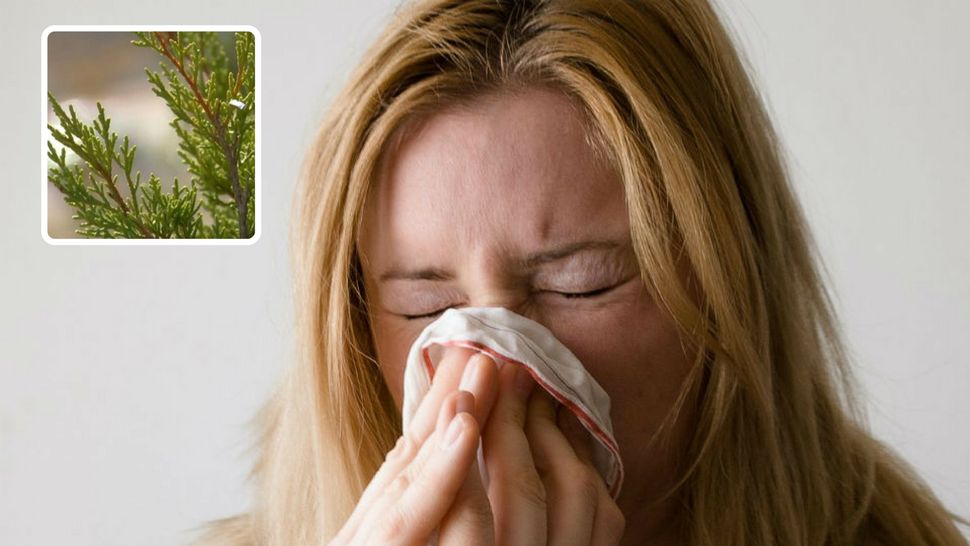AUSTIN, Texas — If you're feeling particularly sneezy lately, you're not alone. We're at peak of the cedar season unfortunately.
AUSTIN ALLERGY FORECAST | SAN ANTONIO ALLERGY FORECAST
Cedar season typically starts around Christmas time, and Central Texas is seeing a big cedar spike as the front blows in.
According to Austin's Allergy & Asthsma Associates, the worst symptoms of cedar fever can hit in January and February, so starting seasonal allergy drops in November or December or allergy shots for year-round allergy coverage including cedar are both good options.
Other tips to reduce effects:
- Vacuum frequently
- Change air filters, preferably with HEPA filters
- Wash your clothes (and pets) after being outdoors for an extended time
- Try natural remedies such as probiotics, netti pots and even spicy foods
Classic cedar symptoms include nasal congestion, itchy eyes and nasal drainage. Cedar also triggers asthma.
Allergy doctors say if you're looking to protect yourself from the spike in cedar counts, over the counter medication, nose sprays and saline rinses are the first places to start.
"Another good tip is to rinse off in the shower before you go to bed. You can wash the cedar pollen out of your hair before you go to bed. If all that stuff isn't working, then you can make an appointment to see a board certified allergist," said Dr. Doug Barstow, of Allergy & Asthma Associates.
Cedar season is when the mountain cedar trees release their pollen. The timing varies from year to year, but it most often has to do with the amount of daylight hours the trees detect.



